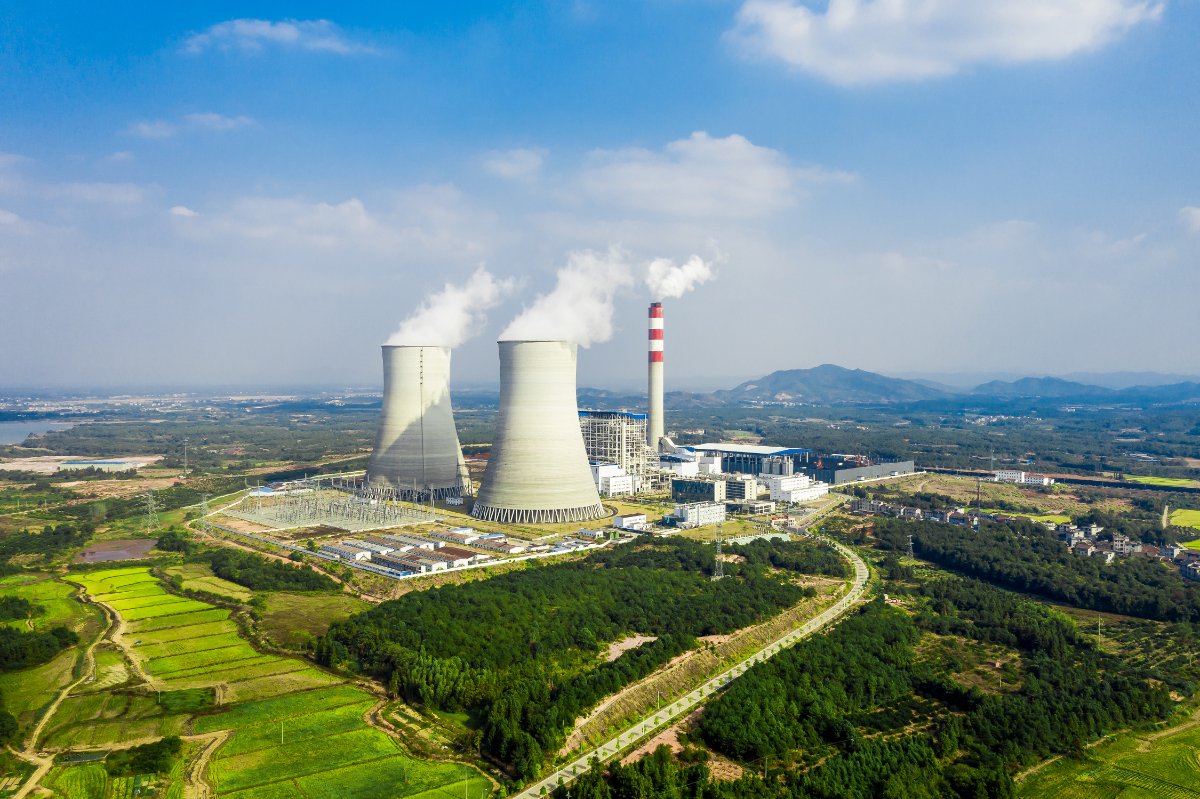What are 5 common uses of hydrogen? Soguard Hydrogen Producers Ltd are hydrogen production specialists in the UK. We look at the common uses of hydrogen and how hydrogen can power the future.
What is Hydrogen fuel?
On paper, hydrogen fuel appears to have many advantages because it is the most plentiful and lightest element in the universe.
Although it seldom occurs on its own on Earth, it may be created by splitting almost unrenewable water molecules using clean energy, which yields just oxygen as a byproduct.
Today, 96% of hydrogen is produced directly from fossil fuels, largely from natural gas, coal, and oil; this process is known as steam reformation, which produces carbon dioxide.
Hydrogen, like oil or gas, is a chemical energy carrier that may be piped or supplied to where it is required. When it "burns" in the air, releasing the energy it has been storing, it simply reacts with oxygen to make water again. It has three times the energy density per unit mass of ordinary gasoline.

Different methods of producing hydrogen are identified by their colour; "grey" hydrogen, which is produced by steam reformation from fossil fuels and costs roughly £1 per kilogramme, is one such method.
While still utilising fossil fuels, "blue" hydrogen collects and stores CO2. The most affordable form of hydrogen is blue, which costs around £2 per kilogramme. The most expensive form, "green" hydrogen, is created by water electrolysis using renewable energy, and it often costs more than £4 per kilogramme.
Common uses of Hydrogen:
Although solar and wind energy is growing in popularity across the world, they have the disadvantage of being sporadic and occasionally providing more electricity than the grid can handle.
A method for storing renewable energy and regulating output would be to use this extra power to generate hydrogen, which could then be turned back into electricity using a fuel cell.
MYRTE1 consists of a grid-connected photovoltaic power plant and an electrolyzer that transforms electricity into hydrogen during times of low demand.
This energy is then injected back into the grid via a fuel cell during times of high demand, particularly at night when the solar panels aren't producing any electricity.
In order to increase the stability of the grid, hydrogen acts as a buffer. Compact, integrated systems may manage dispersed, stand-alone activities when hydrogen transmission is not required.
A hydrogen fuel cell generates electricity and gives off heat and water and fuel cells can be adapted for use in the equipment of all sizes, and not only electric vehicles.
This hydrogen cell can be used to power massive, non-space-constrained vehicles like tractors and utility equipment in captive fleets as well as tiny, nomadic ones like PCs and mobile phones that don't have to move very far.
A hydrogen cell can also be used to power stationary installations, such as specialised stations built to service remote locations like relay antennas or telecommunications hubs, backup generators for IT servers or hospitals, and bigger stations for industrial units.
The use of stationary fuel cells as a power source in residences, structures, and businesses is quickly gaining favour. A device attached to the fuel cell, which combined are no bigger than a closet, directly produces hydrogen on-site from the municipal natural gas supply.
The system provides energy as well as heat that can be recovered to heat the space. With more than 100,000 units installed in 2016, Japan is the market leader in this regard; if hydrogen vehicles become more popular, the systems may one day be powered by hydrogen from the car's tank.
Programs have been started in Germany that is similar to those in Japan; therefore, such very focused electricity generation may help to lessen power grid failures, providing valuable protection for nations like Japan where earthquakes and typhoons are frequent occurrences.
The broad development of stationary solutions would also make it easier and cheaper to produce fuel cells on an industrial scale, which might increase their usage in the automobile sector.
For ordinary usage in dwellings or businesses, hydrogen can be added to the natural gas grid at percentages ranging from 5 to 10%. Similar to Hythane, this hydrogen-enhanced natural gas may be utilised as fuel for bus fleets.
Clean hydrogen may be pumped into natural gas pipes, and the resulting mixes can be utilised to create heat and electricity with less emissions than natural gas alone.
Carbon dioxide and hydrogen may be combined to form natural gas, often known as methane (ch4).
Anaerobic fermentation (methanation), a process that converts methane into other fuels like methanol and kerosene, has the potential to reduce CO2 emissions from sources like coal plants if hydrogen is created using clean power supplied by renewable or nuclear energy.
Hydrogen may also be used to make alkanes, or saturated preservation (hydrocarbons), which are also known as electrofuels when mixed with water and CO2. However, the cost per metric tonne of CO2 would have to dramatically increase for the process to be economically feasible.
Is Hydrogen Power the Future?
Hydrogen (H2) is used to power a number of devices, it combines with oxygen in an electrochemical cell, much like a battery does, to produce energy in hydrogen fuel cells.
However, this also emits a negligible amount of heat and water. Hydrogen fuel cells can be used for a variety of purposes; the small ones can run laptops and cell phones, while the larger ones can power electric grids, provide backup power for buildings, and provide electricity to off-grid locations.
There is also growing interested in using hydrogen as a fuel for power plants. Some facilities choose to use combustion gas turbines powered by a fuel combination of natural gas and hydrogen.

Hydrogen is another fuel that is gaining popularity for usage in ships. The Energy Policy Act of 1992 classifies hydrogen as an alternative transportation fuel since it may be used to power fuel cells in zero-emission ships.
A fuel cell can be two to three times more efficient than a gasoline-powered internal combustion engine, in addition to being able to feed internal combustion engines with hydrogen.
Hydrogen is a fuel that can power automobiles, generate energy, and heat homes. After the hydrogen is produced, the fuel cell just emits water and warm air; as a result, it provides promise for the growth of the energy business.
If you are looking for a hydrogen specialist UK contact our team today for information and advice.
